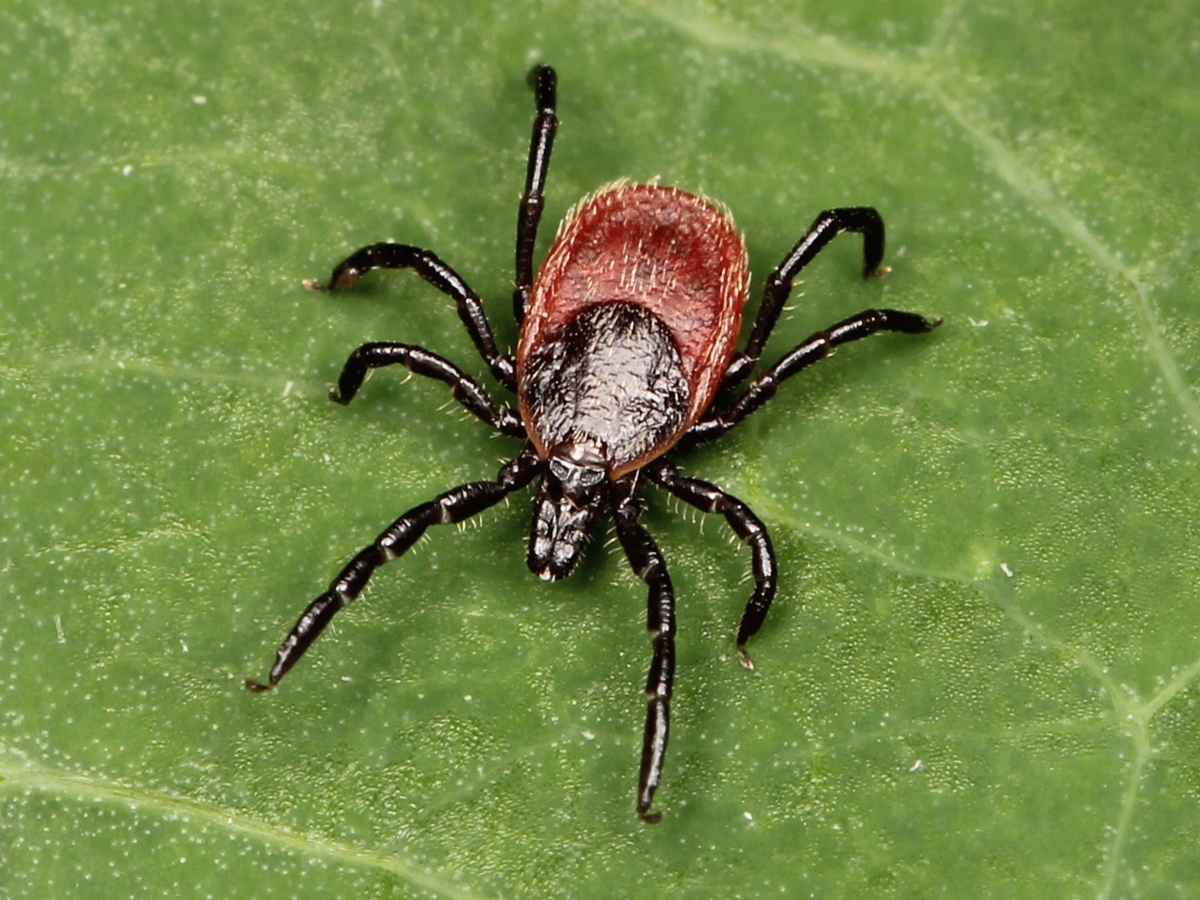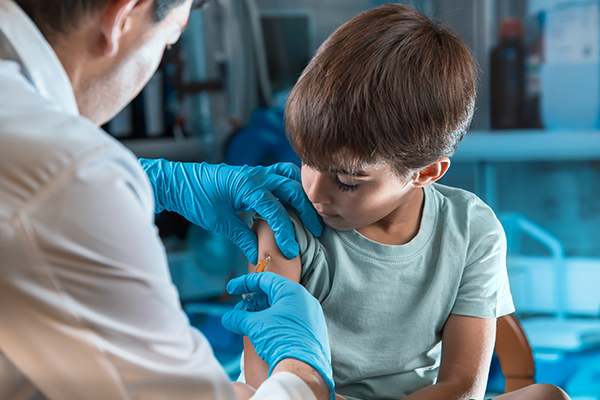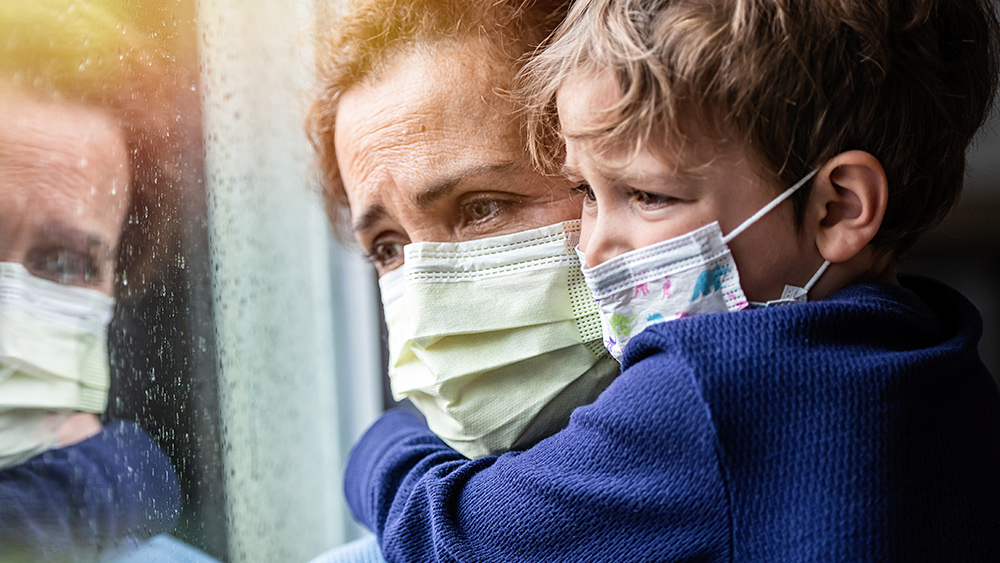Ticks carrying Lyme disease thrive near California coast, study finds
06/17/2021 / By Divina Ramirez

Ticks have been turning up in areas that were once believed to be free of the blood-sucking parasites, according to a study led by researchers from Colorado State University.
Published in the journal Applied and Environmental Microbiology, it showed that disease-carrying ticks, which were once thought to inhabit woodlands, are also present near Northern California’s coastline. The arachnids inhabit the grassy areas on sand dunes that people have to walk through to get to the beach.
The study also showed that as many as 31 percent of the ticks along that coastline carry harmful bacteria that can cause diseases. Such a high rate of disease-carrying ticks was surprising, said study lead author Daniel Salkeld, a board member of the Bay Area Lyme Foundation. “[It] makes you rethink the local disease risk.”
Ticks are thriving near Northern California beaches
Wooded areas of the Northeast are the epicenter for ticks in the United States. Scientists are expecting a rise in tick populations this year due to a warm winter. More ticks means more tick-borne illnesses like Lyme disease. Though rarely fatal, Lyme disease can spread to the heart and the nervous system if left untreated.
Nearly half a million Americans are treated for Lyme disease each year, according to the Centers for Disease Control and Prevention (CDC). Finding ticks early is key to avoiding Lyme disease. (Related: The symptoms of acute and chronic Lyme disease and how to treat it.)
Of the 48 species of ticks in California, six have demonstrated interest in feeding on human blood. But just one of those, a species called the western black-legged tick (Ixodes pacificus), carries the bacteria that causes Lyme disease.

Salkeld has been studying ticks for over a decade. On a research trip to Northern California in late May, he saw numerous western black-legged ticks at collection points in Marin, San Mateo and Santa Clara counties. Salkeld also found that the ticks were particularly abundant in the Marin Headlands, a hilly peninsula north of San Francisco.
As part of the research trip, Salkeld collected ticks in all stages of development in the grassy areas near Stinson Beach in Marin County. He said he never found ticks there before. Unfortunately, it’s difficult to say why western black-legged ticks are suddenly thriving near Northern California beaches. But Salkeld has a few ideas.
Ticks prefer warm weather and high humidity. So although California’s droughts help control tick populations, the shorter winter may extend the period in which they are active. People are beginning to spend more time outdoors because of warmer weather and pent-up demand for recreation amid the coronavirus pandemic, said Salkeld. This means that more people risk contracting tick-borne diseases.
Plus, warmer weather promotes activity among known tick hosts, such as squirrels, lizards and deer. Moreover, warming temperatures are expected to expand the range of habitats that are favorable to ticks. Salkeld fears this will contribute to the spread of Lyme disease. That said, it’s still too early to say anything definitive.
Looking at patterns of human cases across years isn’t straightforward since there may be annual variations,” said Salkeld. Plus, the picture can be complicated by warming weather and changes in awareness or surveillance of Lyme disease. “It’s hard to determine a particular trajectory of human cases.”
But this doesn’t mean people shouldn’t take precautions when hiking or going to the beach, particularly in places where ticks have been spotted. Linda Giampa, president of the Bay Area Lyme Foundation, said she has little doubt that Lyme disease has already taken a stronger hold in Northern California. “It’s definitely increasing in ticks. It’s basic ecology.”
Giampa also said there may be more tick hot spots in beaches further south, such as in Malibu, Manhattan Beach and Newport Beach. “I know it’s down there.”
Learn more about Lyme disease and how to treat it at Medicine.news.
Sources include:
Tagged Under: California, California beaches, discoveries, Ecology, environment, infections, infestation, Lyme disease, parasite, research, tick-borne diseases, ticks, western black-legged ticks




















